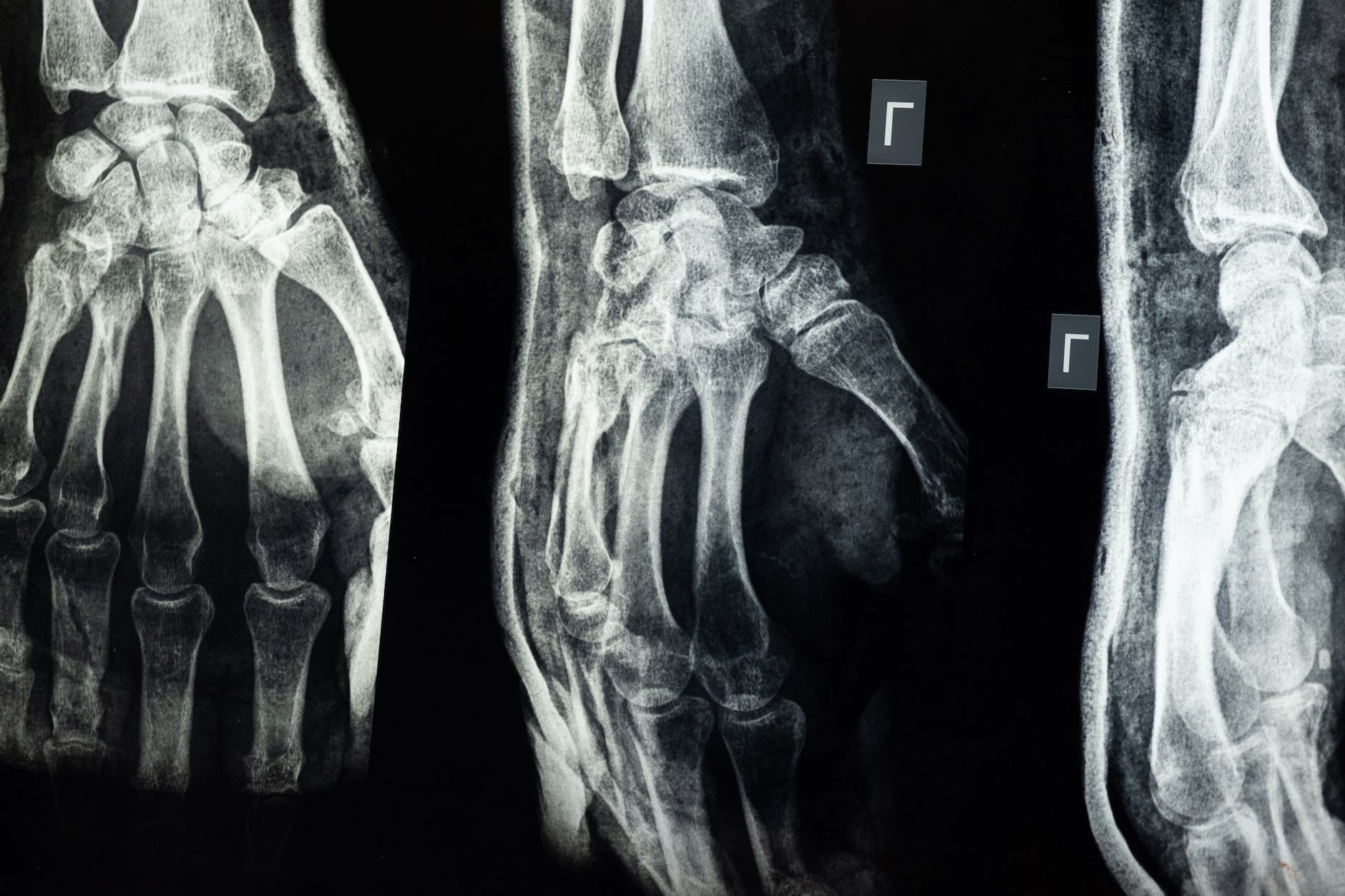In the fast-paced environment of retail stores, safety is paramount. While the hustle and bustle of daily operations can sometimes overshadow safety concerns, the reality is that accidents do happen. Understanding the most common injuries in retail stores and implementing strategies to prevent them is essential for the well-being of both employees and customers. This comprehensive guide explores the top 10 injuries in retail stores and offers actionable insights on how to prevent them.
1. Slips, Trips, and Falls
A. Understanding the Risk
i. Wet Floors
Wet floors, whether from spills or cleaning, are a common cause of slips and falls in retail stores.
ii. Uneven Surfaces
Uneven surfaces, such as damaged flooring or misplaced mats, can lead to trips and subsequent injuries.
B. Prevention Strategies
i. Regular Inspections
Conducting regular inspections to identify and rectify potential hazards can significantly reduce the risk of slips, trips, and falls.
ii. Proper Signage
Using proper signage to warn of wet floors or uneven surfaces informs customers and staff, allowing them to take necessary precautions.
2. Strains and Sprains
A. Understanding the Risk
i. Heavy Lifting
Employees often engage in heavy lifting, leading to strains and sprains if not done correctly.
ii. Repetitive Movements
Repetitive movements, such as stocking shelves, can cause overuse injuries over time.
B. Prevention Strategies
i. Proper Training
Training employees on correct lifting techniques and ergonomics can prevent strains and sprains.
ii. Equipment Utilization
Utilizing equipment like hand trucks can reduce the physical strain on employees, minimizing the risk of injury.
3. Cuts and Lacerations
A. Understanding the Risk
i. Sharp Objects
Handling sharp objects like box cutters or broken glass can result in cuts and lacerations.
ii. Improper Tool Use
Using tools improperly or using the wrong tool for the job increases the risk of cuts.
B. Prevention Strategies
i. Safety Protocols
Implementing safety protocols for handling sharp objects can prevent cuts and lacerations.
ii. Proper Equipment
Providing proper equipment, such as gloves, can protect employees from potential hazards.
4. Burns and Scalds
A. Understanding the Risk
i. Hot Surfaces
Hot surfaces in areas like the kitchen or near heating equipment can cause burns.
ii. Hot Liquids
Spills of hot liquids, such as coffee or soup, can result in scalds.
B. Prevention Strategies
i. Safety Barriers
Installing safety barriers around hot surfaces can prevent accidental contact.
ii. Staff Training
Training staff on handling hot liquids and surfaces can minimize the risk of burns and scalds.
5. Collisions and Impact Injuries
A. Understanding the Risk
i. Moving Equipment
Collisions with moving equipment, such as carts, can cause impact injuries.
ii. Falling Objects
Objects falling from shelves or racks can lead to serious injuries.
B. Prevention Strategies
i. Proper Storage
Ensuring proper storage of items on shelves can prevent falling objects.
ii. Awareness Training
Training employees to be aware of their surroundings and moving equipment can reduce collisions.
6. Eye Injuries
A. Understanding the Risk
i. Foreign Objects
Foreign objects, such as dust or debris, can cause eye injuries.
ii. Chemical Exposure
Exposure to cleaning chemicals without proper protection can lead to eye damage.
B. Prevention Strategies
i. Eye Protection
Providing eye protection, such as goggles, can prevent foreign objects from entering the eyes.
ii. Safe Handling Procedures
Implementing safe handling procedures for chemicals can prevent accidental exposure.
7. Respiratory Issues
A. Understanding the Risk
i. Dust Inhalation
Inhalation of dust from construction or cleaning can lead to respiratory issues.
ii. Chemical Fumes
Breathing in fumes from cleaning chemicals can cause respiratory problems.
B. Prevention Strategies
i. Proper Ventilation
Ensuring proper ventilation can reduce the concentration of dust and fumes.
ii. Respiratory Protection
Providing respiratory protection, such as masks, can prevent inhalation of harmful substances.
8. Hearing Damage
A. Understanding the Risk
i. Loud Noises
Exposure to loud noises from machinery or music can lead to hearing damage over time.
ii. Lack of Hearing Protection
Lack of proper hearing protection increases the risk of hearing loss.
B. Prevention Strategies
i. Noise Control
Implementing noise control measures, such as sound barriers, can reduce exposure to loud noises.
ii. Hearing Protection
Providing hearing protection, such as earplugs, can prevent hearing damage.
9. Ergonomic Injuries
A. Understanding the Risk
i. Poor Posture
Poor posture during tasks like cashiering can lead to ergonomic injuries.
ii. Inadequate Workstations
Inadequate workstations that don’t support proper ergonomics can cause discomfort and injury.
B. Prevention Strategies
i. Ergonomic Assessments
Conducting ergonomic assessments can identify areas for improvement in workstation design.
ii. Employee Education
Educating employees on proper posture and ergonomics can prevent injuries.
10. Psychological Stress
A. Understanding the Risk
i. High Workload
A high workload and demanding environment can lead to psychological stress.
ii. Lack of Support
Lack of support from management or colleagues can exacerbate stress.
B. Prevention Strategies
i. Workload Management
Managing workload and providing support can reduce stress levels.
ii. Mental Health Resources
Offering mental health resources, such as counseling, can support employees’ well-being.
Conclusion
Retail store safety is a multifaceted challenge that requires a comprehensive approach. By understanding the top 10 injuries in retail stores and implementing targeted prevention strategies, retailers can create a safer environment for both employees and customers. This not only enhances well-being but also contributes to a more positive shopping experience, fostering customer loyalty and employee satisfaction. Safety in retail is not just a legal obligation; it’s a moral responsibility and a sound business strategy. By prioritizing safety, retailers can build a thriving business that stands out in a competitive market.



